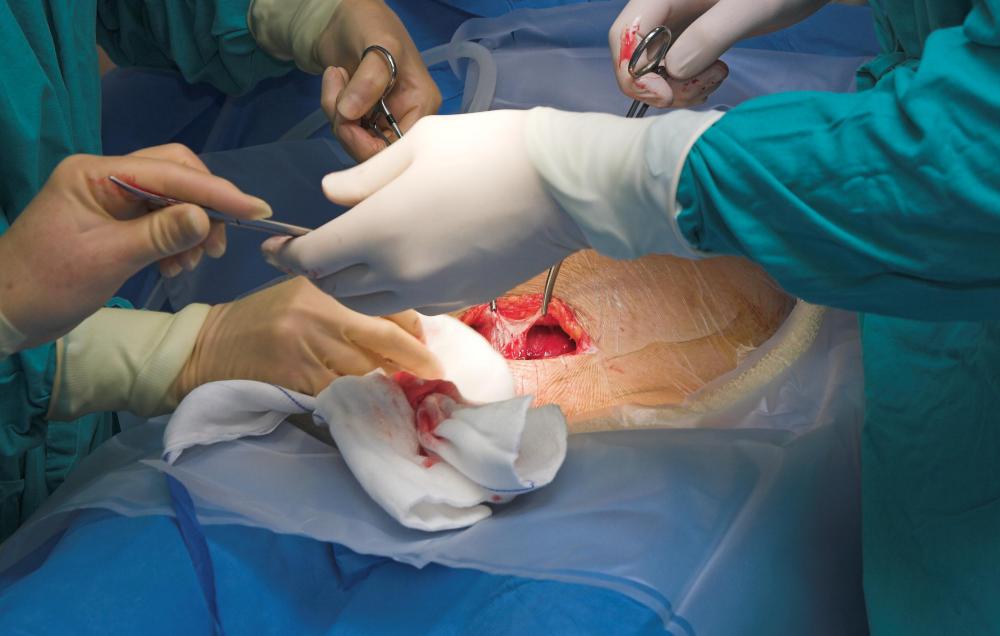At WiseGEEK, we're committed to delivering accurate, trustworthy information. Our expert-authored content is rigorously fact-checked and sourced from credible authorities. Discover how we uphold the highest standards in providing you with reliable knowledge.
How Common Are Umbilical Cord Knots?
Due to the nature of pregnancy, the occurrences of umbilical cord knots are generally high — as of 2011, it is estimated that one out of every 100 pregnancies develop a knot in the cord. This is typically the result of the cord becoming wrapped around the baby during the descent through the birth canal. While there are some signs that there may be a knot in the cord, there is no treatment outside of delivery. What is uncommon is the development of a true knot, which can cut off oxygen or food to the fetus — this occurs in only one out of every 2,000 pregnancies. This is known as a true knot, and can be risky or even fatal if the child is not immediately delivered.
Knots in the umbilical cord tend to happen in one of several ways. This condition most often happens with larger babies or those with excessively long cords. Especially active babies can also create a knot simply by flipping and turning in the uterus, typically between 30 and 40 weeks gestation. Despite how common this condition is, the knot typically does not become tight enough to cause any problem for the baby.

In some pregnancies, the cord is longer than average, which can increase the risk of umbilical cord knots. This occurs simply because the baby has a higher than average chance of wrapping itself up the in the cord and pulling through the knot. It is also more common in babies that are larger than normal for their gestational age. A bigger baby tends to have less room inside the uterus, making it more likely that he or she will pull through and create umbilical cord knots.

One of the most common signs of umbilical cord knots is a noticeable decrease in movement during the final weeks of pregnancy. Most doctors recommend that women in their third trimester keep a kick chart, taking note of how often they feel their babies move. A significant lack of movement for a certain amount of time can indicate that umbilical cord knots are more likely. An ultrasound can often provide information about whether or not a knot has formed.

When umbilical cord knots occur during labor, one of the most common indicators is an abnormal heart rate in the fetus. If the knot becomes too tight while the fetus is moving down the birth canal, his or her heart rate will likely increase rapidly or decrease due to lack of oxygen. In this case, a Cesarean section is typically needed. More commonly, umbilical cord knots create no complications and are only found after the child has been born and the knot is visible in the cord.
AS FEATURED ON:
AS FEATURED ON:

















Discuss this Article
Post your comments